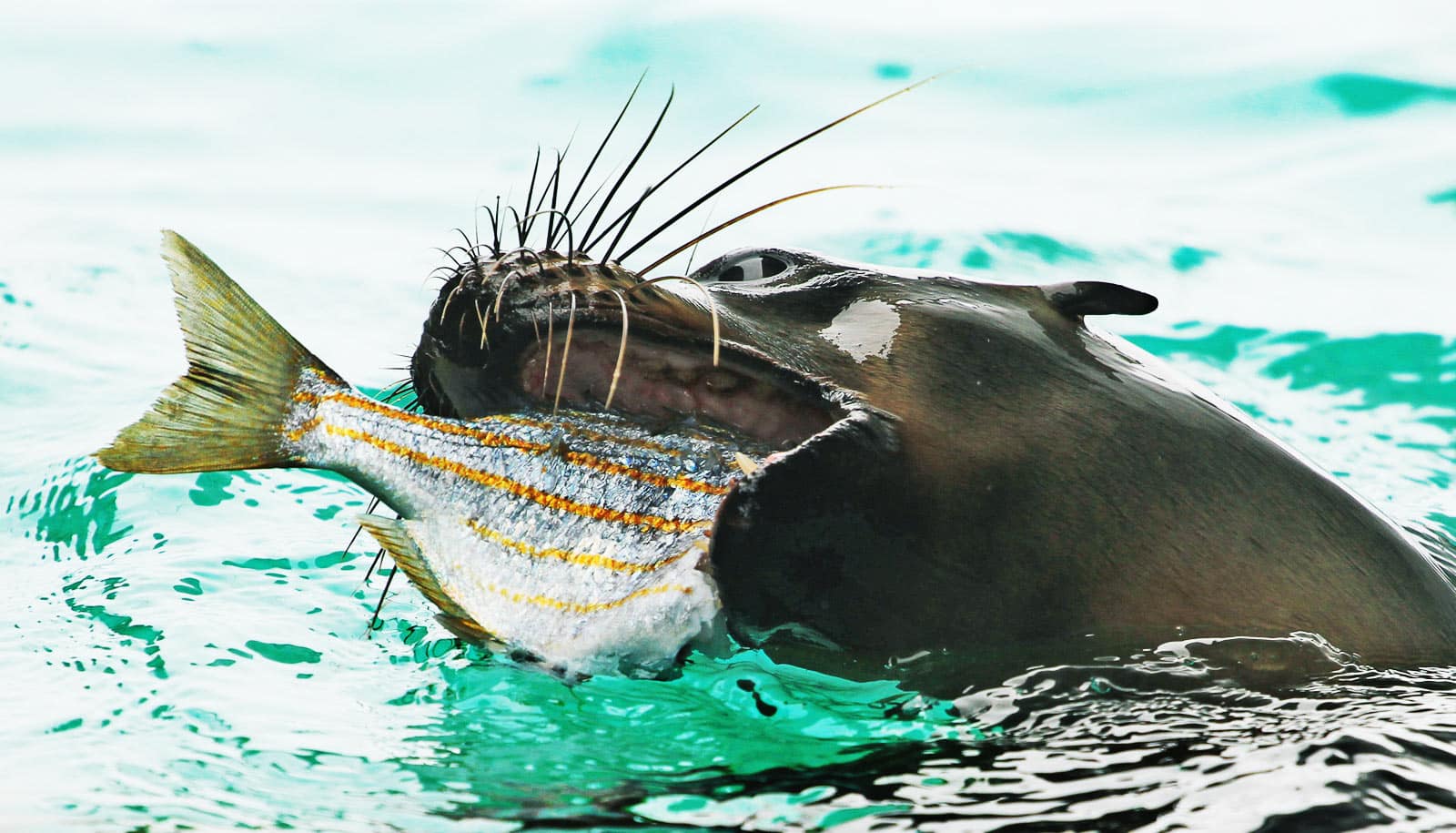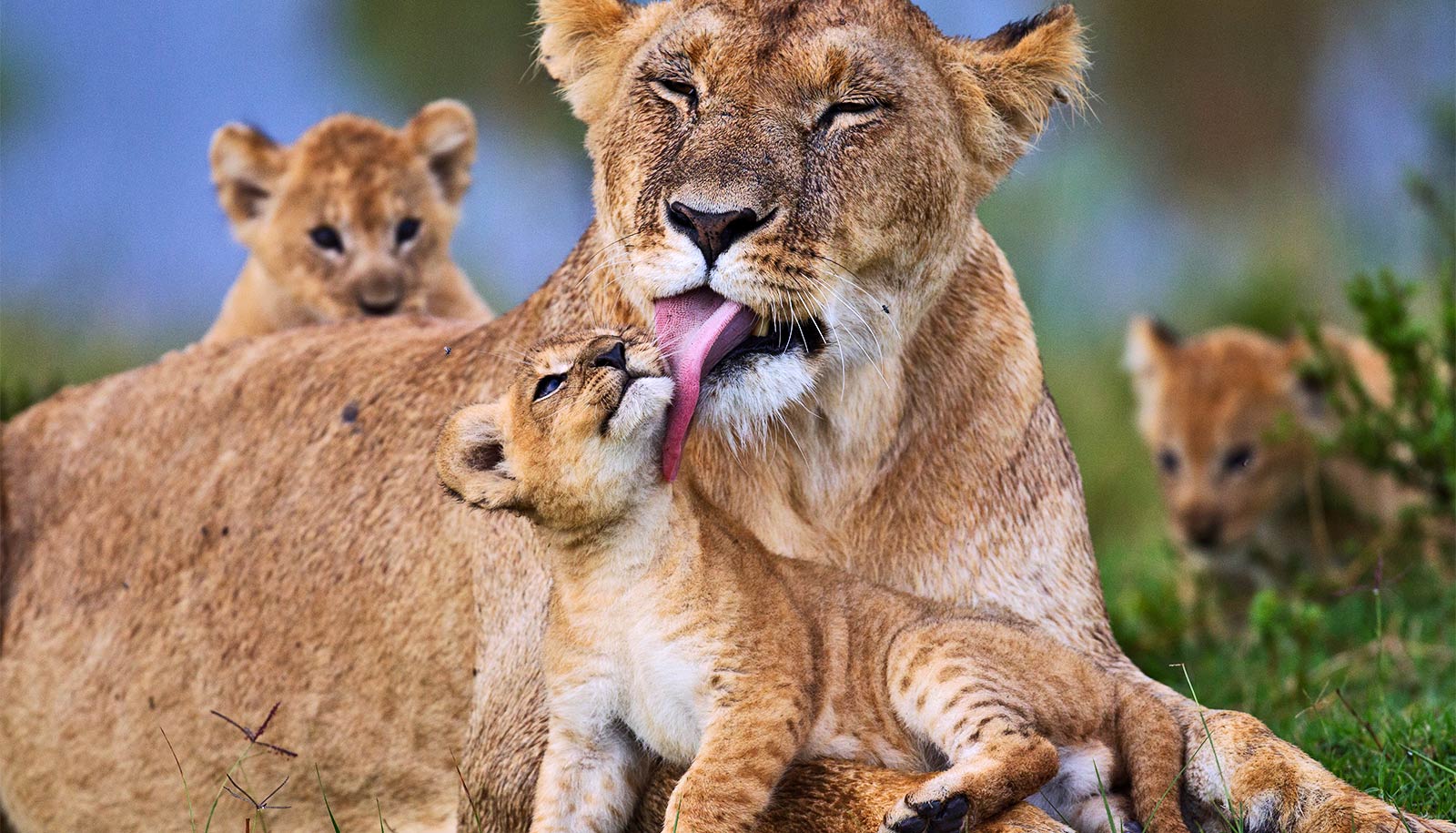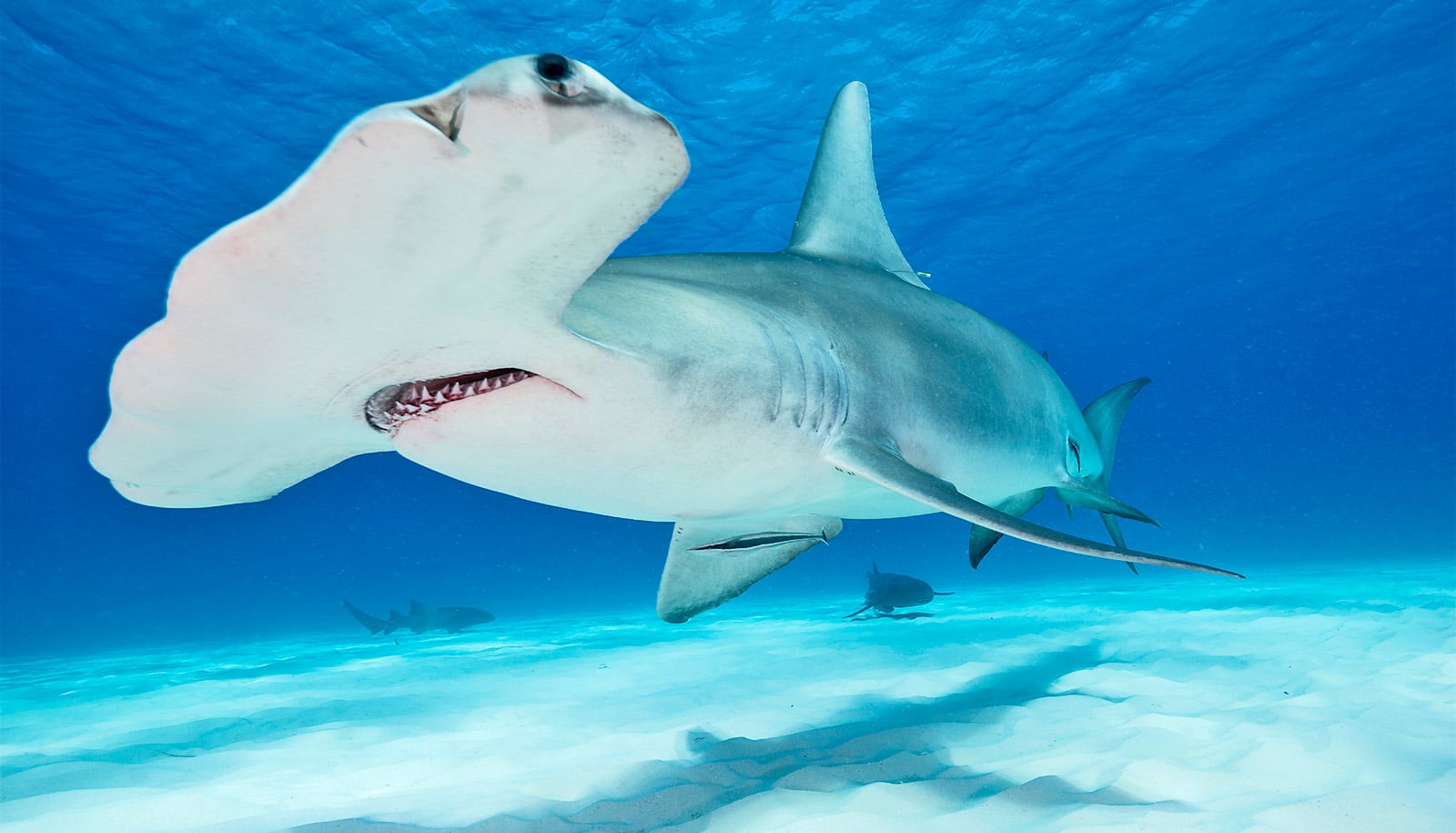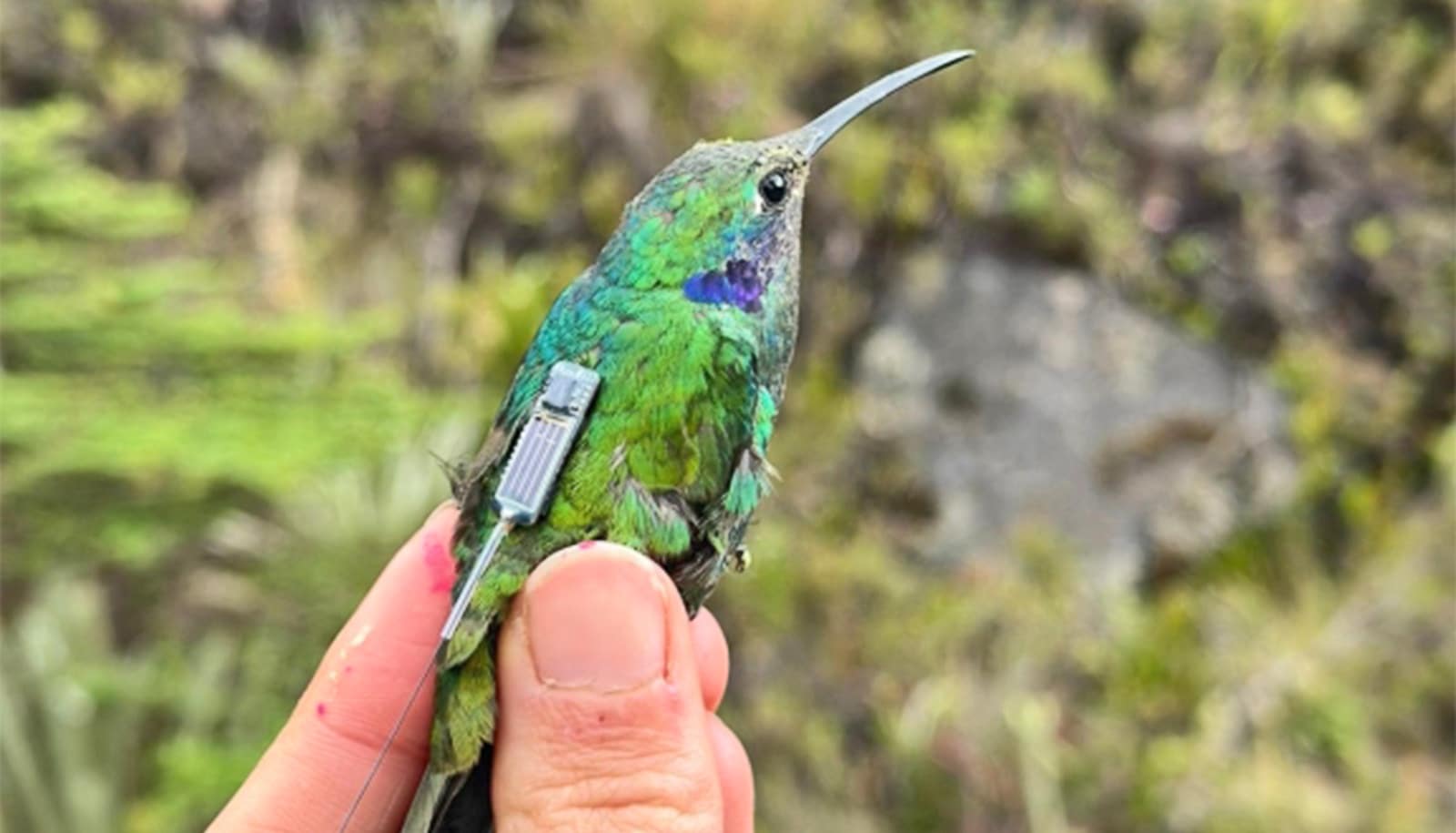Restoring both predator and prey populations at once may work better than taking the “if you build it, they will come” approach.
Researchers used models and case studies to examine the pace of species and ecosystem recovery efforts and found that tandem recovery of predators and prey is almost always more efficient—and on average about twice as fast—as sequential recovery.
“Previous work has shown how high demand for resources has led to the overexploitation of species throughout the food chain in a number of ecosystems,” says Adrian Stier, assistant professor of ecology, evolution, and marine biology at the University of California, Santa Barbara and coauthor of a paper on the work in Nature Ecology and Evolution.
“We show how synchronized restoration of these species is nearly always the more rapid and direct path to ecological recovery. Restoration takes longer when predators recover first, but when prey recover first the system is more prone to volatile population fluctuations.”
These predators might be the earliest animal
The study’s conclusion is important because it offers an improvement on traditional strategies, says coauthor Benjamin Halpern, director of UC Santa Barbara’s National Center for Ecological Analysis and Synthesis and a professor in the Bren School of Environmental Science & Management. Historically, about half of species restoration efforts employ a sequential, one-species-at-time tactic, most often beginning with targeted restoration of prey species first.
“Our results suggest that we need to fundamentally rethink the way we approach species restoration and recovery efforts,” he says. “If you stop to think about it, our results make sense. Natural systems are a community of species that all interact; you need all parts present and abundant to function well—and synchronized recovery of species is the best way to do that effectively.”
Just as critical, synchronous restoration is also better for the humans who earn a living harvesting both predator and prey, say, for example, Pacific cod and Pacific herring.
“You might think the loss of income associated with reducing harvest on both species at the same time would be greater than reducing harvest on one species after another, but our work suggests that synchronous recovery is ultimately better for recovering the ecosystem—and better from an economic perspective as well,” says coauthor Mark Novak of the Oregon State University College of Science.
Because of overharvest, declines of multiple animal populations are typical of many ecosystems. For example, population collapses seen in pairs of species—lions and wildebeest, Steller sea lions and Pacific herring, and mink and muskrat—are wholly or partially attributable to trophy hunting, industrial fisheries, or the fur trade.
These big predators keep urchins under control
In both terrestrial and marine resources management, population restoration and the setting of harvest quotas have long been single-species endeavors. Even in the pursuit of more holistic ecosystem-based rebuilding of food webs—the interconnected chains of who eats whom—the dominant strategy has been to allow prey species to initially rebound to where they readily sustain top predator levels.
However, the new research finds that such single-species strategies are less efficient than allowing predator and prey to recover simultaneously. For example, predator-first strategies are particularly slow because they lead to increases in predator numbers while prey species remain depleted, limiting the availability of food that would encourage faster predator population growth.
The new analyses include information from real-world examples, such as the recovery of Pacific cod along the west coast of Vancouver Island, which proceeded slowly before the recovery of cod’s preferred prey: the Pacific herring.
A database of marine fisheries shows that past recovery efforts have been nearly evenly divided between sequential recoveries—those that prioritize predator or prey species—and the type of synchronous recoveries that this new research determined to be faster and more efficient.
“This suggests that there is room for improvement in many restoration efforts by coordinating the recovery of predator and prey species,” Stier says. “Our research emphasizes how existing marine policy, including marine protected areas and mixed stock management, offers opportunities to synchronize the restoration of multiple species.”
“The order and timing of how you approach recovery does matter,” says lead author Jameal Samhouri, a research fish biologist at National Oceanic and Atmospheric Administration’s Northwest Fisheries Science Center in Seattle.
Source: UC Santa Barbara



